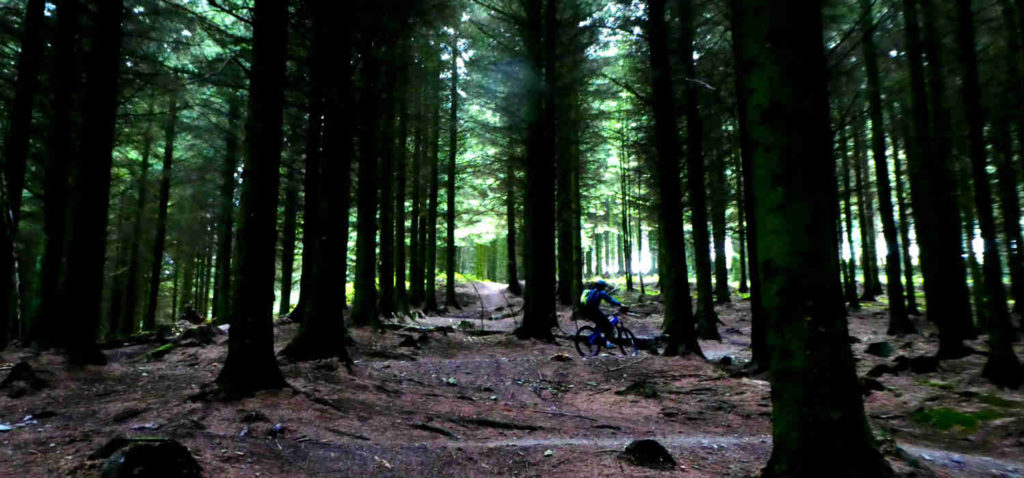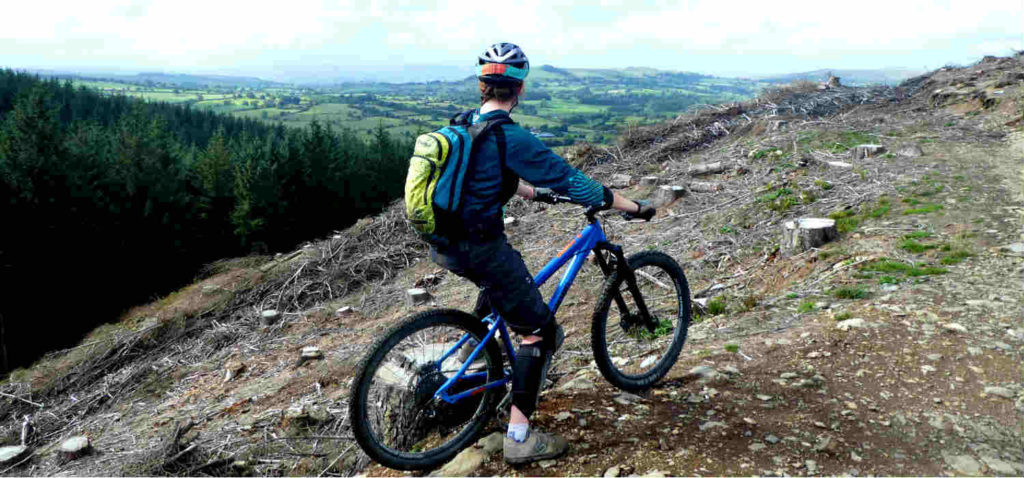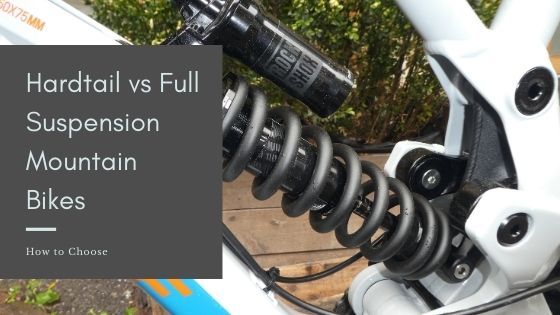Hardtail vs Full Suspension Mountain bikes: How to Choose
Hardtail vs Full Suspension Mountain Bikes
There are a few things to weigh up when choosing a new bike. One of those things is hardtail vs full suspension mountain bikes. Unfortunately, in many cases, it comes down to your budget when making your choice, but first, we will look into the advantages and disadvantages of both.
Maintenance
Maintaining your bike is very important, or it can get even more expensive and dangerous. So, when you are looking in to hardtail vs full suspension mountain bikes, you need to factor in how much maintenance you are willing to do or pay for.
There is a lot less to go wrong with a hardtail than with a full suspension mountain bike. You don’t have all the bushings, bearings and pivots associated with the moving parts on the back end of a full suspension bike. This means that there is less wear and tear, especially if you ride in muddy or dusty conditions regularly. This is because dirt gets in to moving parts and wears them out. Some people use hardtails in the winter for this reason.
However, with a little bit of knowledge and some tools you can do most, if not all maintenance yourself. But, the level of maintenance should not put you off buying the bike you want or need.
=>Click here to see the tools every mountain biker should have<=
Capability and Feel
When you consider hardtail vs full suspension mountain bikes, you need to think about what terrain you plan on riding.
Hardtail mountain bikes have come a long way in recent years. The improvement in design and materials used in the frames make them a lot more compliable on harsh terrain. They will never compete with a full suspension mountain bike when descending the rough stuff, but the frame’s flex definitely helps.
A hardtail mountain bike is great for your riding skills. This is because compared to riding a full-suspension mountain bike, the margin for error is much smaller. You learn a lot about line choice and body position when riding a hardtail bike.
As great as modern hardtails are, sometimes only a full-suspension mountain bike will do. Full suspension bikes instil confidence, as they are extremely capable. This makes riding a lot more fun, as you can tackle terrain that you previously wouldn’t have even considered on a hardtail. This comes from the extra traction and comfort that comes with a rear shock absorber.
The rear shock absorber on a full-suspension bike absorbs many of the bumps’ you will encounter on the trails, which means that they don’t transfer into your body. Absorbing these bumps’ means that fatigue sets in slower and you can ride longer before getting tired.
Climbing

Pedalling is more efficient with a hardtail. This is because a full-suspension bike bounces as you pedal, meaning you lose some energy you put into the pedals. Hardtails are much lighter too, meaning it takes less effort when climbing.
However, some bikes now give you the ability to lock out the suspension, eliminating the bounce, making pedalling more efficient
The extra weight of a full-suspension bike obviously makes pedalling uphill harder too, which can be a problem for racers.
Hardtail vs Full Suspension Mountain bikes: How to Choose

The hardtail vs full suspension mountain bikes quandary is determined by two things:
1. What type of riding do you do, or want to do?
Some people argue that you can ride any terrain on a hardtail, and those that do are technically superior. This may be the case, but it doesn’t mean you have to suffer and make life difficult for yourself.
If you are riding technical terrain regularly, a full-suspension mountain bike is the best thing for you. This is also the case if you are ambitious and want to push your riding quickly. I am a firm believer that you should buy a bike you can “grow in to” rather than “grow out of”. Your riding will improve very quickly, especially if you are riding with more experienced friends.
If you want to acquire some skills and ride fast cross-country trails, a hardtail is for you likewise, if you ride terrain that isn’t too challenging or want to use it for commuting also.
2. Budget
It is all very well saying that you should buy a bike you can grow in to, but bikes are not cheap. Full suspension bikes are way more expensive than hardtails. If you are on a budget and considering buying a cheap full-suspension bike, you need to know that the components will not be particularly good quality. However, whichever you choose, I urge you to save up a bit more to avoid buying the base model. Doing this will probably save you money in the long run, as the better components should be more durable.
There are considerable differences in price with both hardtail and full-suspension mountain bikes. This is due to the packages that make up the bikes. Materials, components, design and the brand will all affect the price of a bike.
Click here to see my guide on how to buy a mountain bike online.
Click here to see the best-discounted mountain bikes online.
What are your thoughts on the Hardtail vs Full Suspension Mountain bikes debate?
All in all, when you are looking into hardtail vs mountain bikes, you need to be honest with yourself about the type of riding you are going to be doing, before buying. What are your thoughts on the hardtail vs mountain bike debate? Please leave your thoughts and questions in the comments section below.





I had someone ask me about this, I think now I can go back to him and give him an answer as to what I think will be suitable for him.
Hi, I’m glad to be of help.
Pingback: Mountain Bike Suspension: The Essential Comprehensive Guide -
Pingback: Carbon vs Aluminium Bike Frame - How to choose the best for you